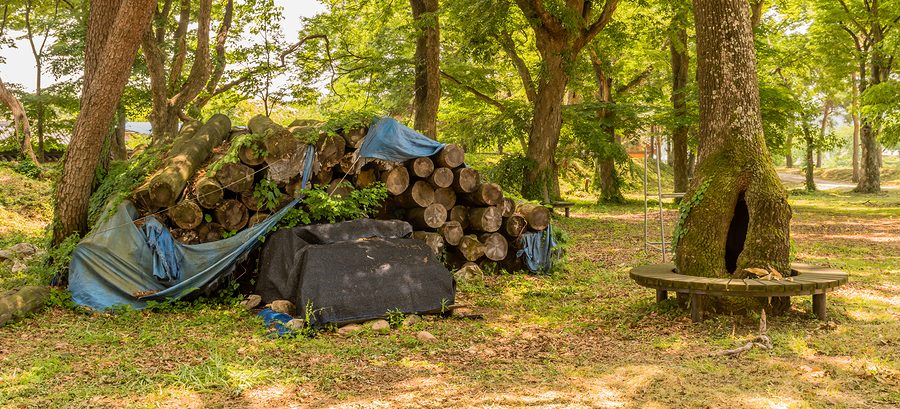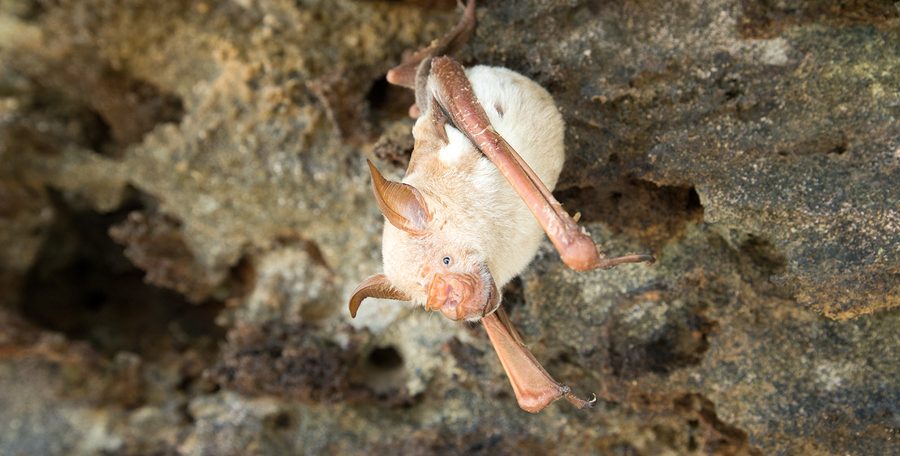If you live near a large body of water, such as a flowing creek, river, pond, or lake, chances are, you also live near trees and other types of foliage. With all of these factors in place, it is common to have nuisance wildlife problems, especially bats. Although all animals like to stay near a reliable source of water, bats are very strict about this. So having bat activity around your house should not be a surprise if your property fits the above-mentioned landscaping.
So what can you do about a nuisance bat problem? The important part of getting rid of bats is to never do anything that will harm yourself, the bats, other wildlife, or the surrounding environment. What options does this leave you? Continue reading to learn the safest and fastest way to stop bats from coming around your house.

An Important Warning
There are two important warnings when it comes to bat control. First, keep in mind that bats are known carriers of several infectious diseases, such as Rabies. They can also spread parasites like lice, mites, and ticks. If you have pets, it is wise to ensure their vaccines are up to date after spotting bats around the house. Now, the second warning is about the law. Bats are actually vital to our surrounding ecosystems and even our economy, which is why they are protected under law.
For all of these reasons combined, you should NEVER attempt to touch, trap, harm, or kill a bat under any circumstances. Furthermore, do not keep a baby bat as a pet. See our blog, “How to Be Bat Friendly” to learn how to support local bat populations without jeopardizing safety or posing any risk to your home.
What To Do About Bats
The first step you should take if you want to reduce the amount of bat activity around your house is to make some environmental changes. This means removing or adjusting areas of your property that bats like, or are attracted to, such as log piles, hollowed trees, bird baths, and more. It also means repairing the exterior of your home to prevent bat intrusions. Have your siding and roofing inspected for vulnerabilities, as well as, your windows, doors, and foundation.
Once you have done your part, it might not be enough to fully control nuisance bat activity. In almost all cases, homeowners must rely on professional bat removal and control services for optimal results. Contact a DNR licensed and insured bat removal specialist for help dealing with nuisance bats around your house. They have the experience, permits, and resources to safely abate bat problems.
Where Can I Find Safe Bat Control in Louisville?
Call 502-553-7622 for Louisville bat removal and control you can trust. We are DNR licensed and insured bat control contractors who use safe, non-lethal methods of wildlife extraction and exclusion. We serve both residential and commercial clients, and at the most competitive prices in town. Emergency 24 hour bat removal service is also available. Request a free estimate, today.


